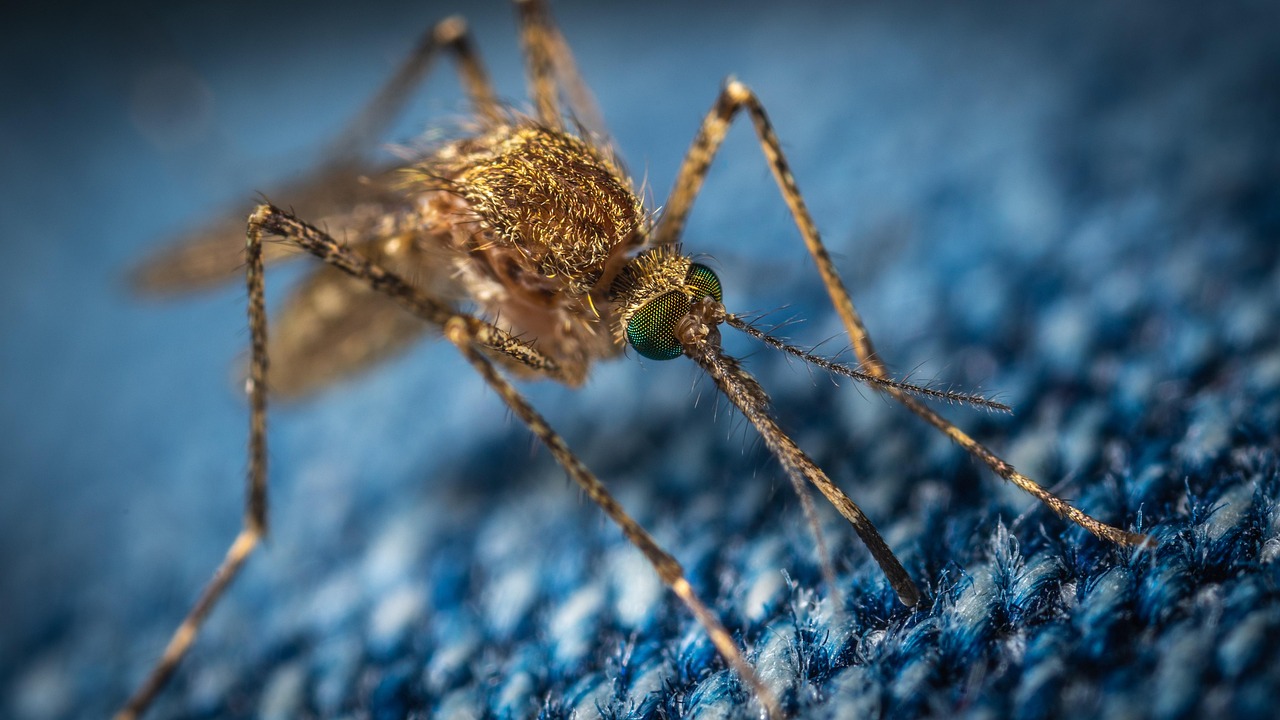
A recent modelling study published in BMJ Global Health has projected that India could see approximately 51 lakh (5.1 million) chikungunya infections every year in the long run, making it potentially the country most affected globally. The researchers combined infection data with environmental and demographic factors to estimate risk landscapes across nations.
Globally, the study estimates an annual chikungunya burden of about 14.4 million infections, with India and Brazil together accounting for nearly 48 % of the worldwide impact. In addition to fever and joint pain in the acute stage, the study highlights that chronic illness and long-term disability could dominate the overall burden: around half of those infected may experience prolonged joint pain or disability.
The risk is not confined to tropical regions. Modelling indicates that Aedes aegypti and Aedes albopictus mosquitoes—the primary vectors of chikungunya—could sustain transmission in wider geographies as climate and ecological conditions change.
Currently, there is no specific antiviral treatment for chikungunya; care remains supportive and symptom-focused. While some countries have approved preventive vaccines for limited use, widespread access and rollout are still limited.
The researchers emphasize that these projections can help guide public health planning, allowing authorities to identify high-risk regions and vulnerable groups—particularly children under 10 and older adults—for future vaccine deployment and prevention strategies. Without timely interventions, India’s health system may face a significant strain from both acute infections and long-term disabilities linked to chikungunya.




